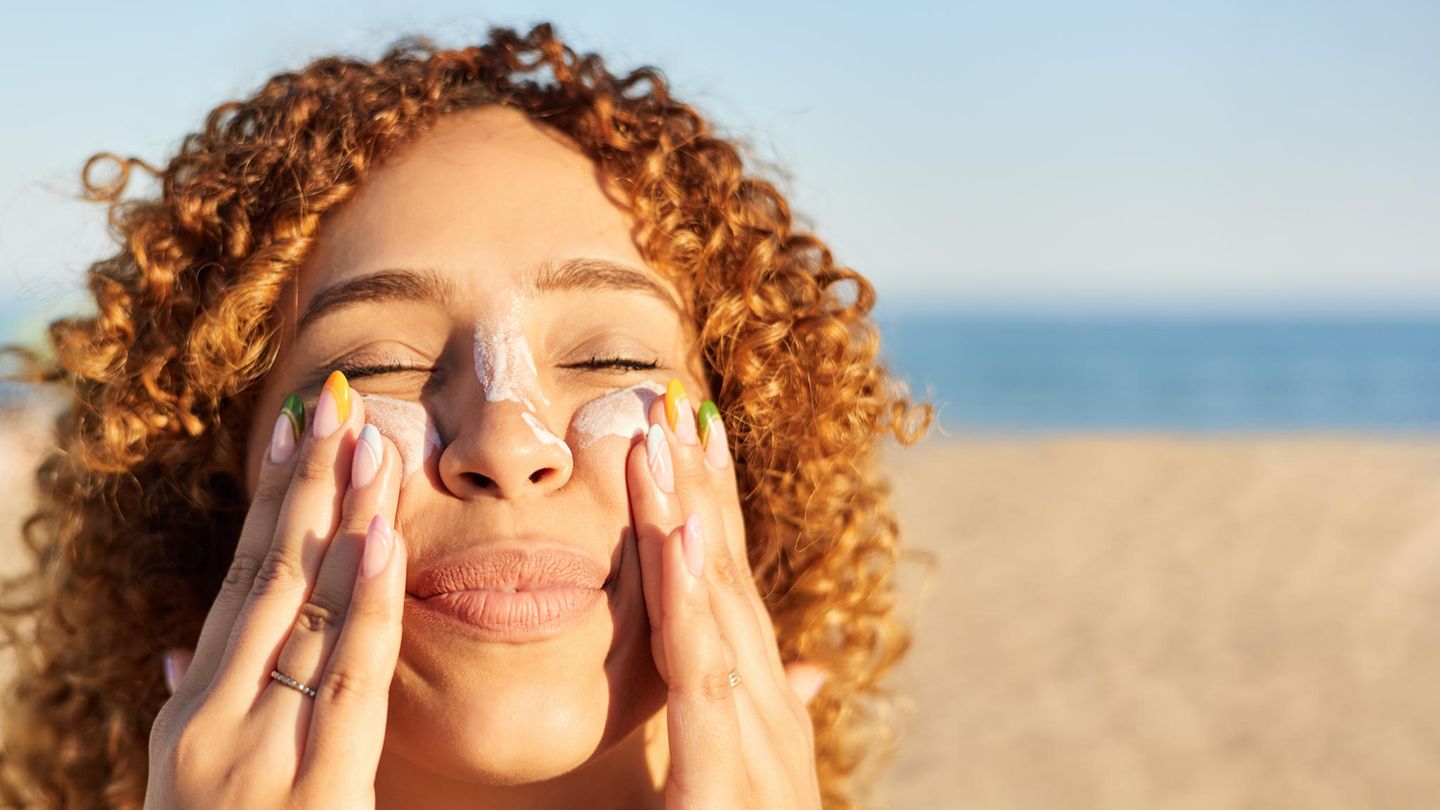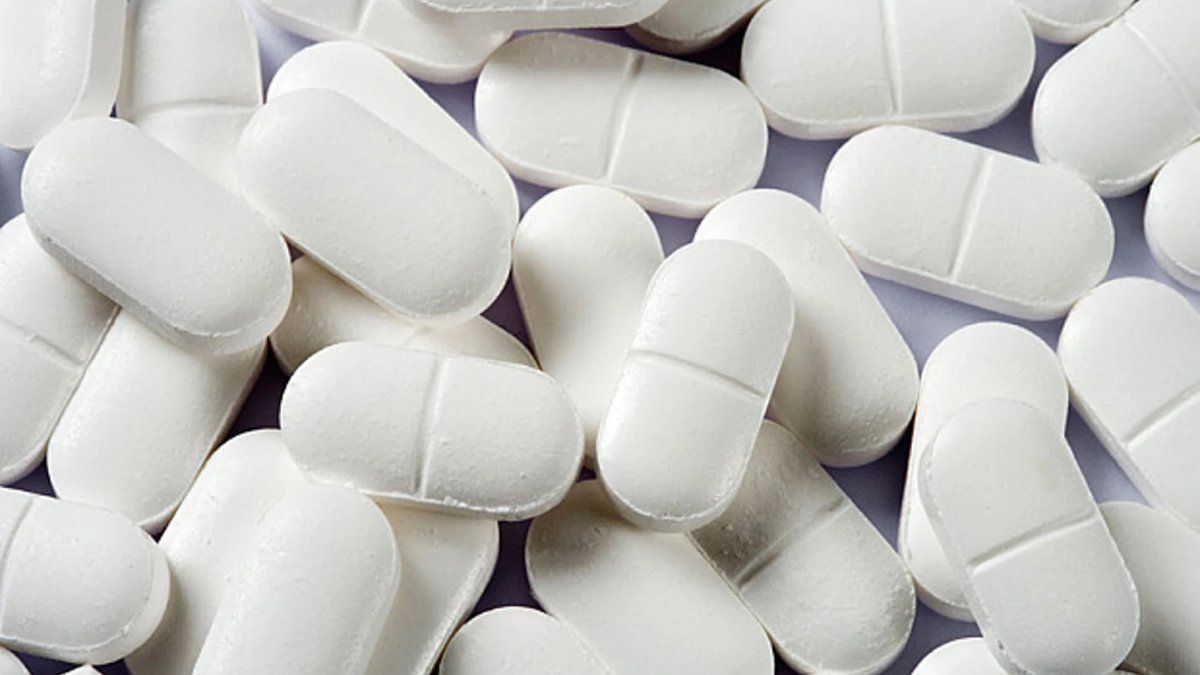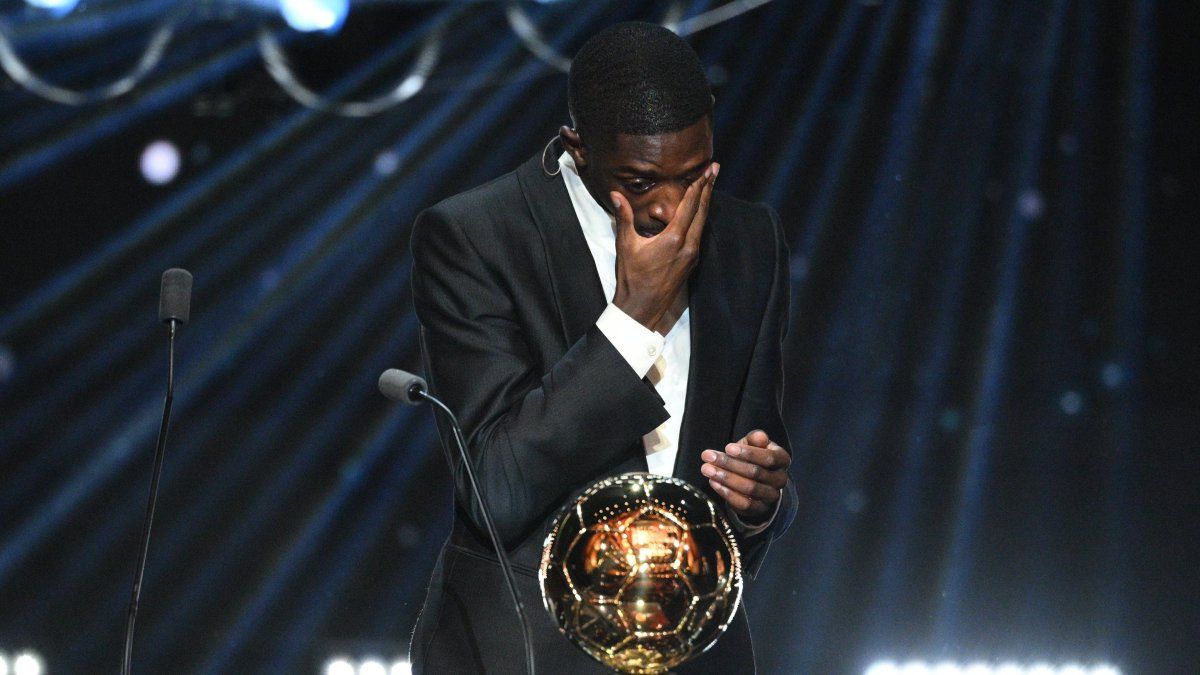In the Stiftung Warentest study, six sunscreens failed at their main job: protecting against UV rays. We explain here which sunscreens you can rely on.
UV rays are harmful to the skin – in addition to causing skin aging, they can also cause skin cancer. According to dermatologist Yael Adler, anyone who wants to protect their skin from the sun should follow this simple sentence: “Avoid, dress, apply sunscreen.” It is therefore advisable to protect your skin with sunscreen with a high sun protection factor (i.e. 30, 50 or 50+) – and not just when visiting the outdoor pool.
has examined 20 sun creams with sun protection factors of 30 to 50+. The result is sobering: every second sun cream has weaknesses. The good news is that consumers don’t have to dig deep into their pockets for good sun protection. The two best creams in the test are among the cheapest. The “Sun D’or sun spray” for 2.15 euros per 100 milliliters from Edeka and the “Sunzon sun spray” from Rossmann for 1.95 euros per 100 milliliters.
Stiftung Warentest: Six sunscreens do not really protect against UV radiation
A total of six products failed the test with a “grade 5” because they did not meet the stated UV protection. Sunscreens are actually supposed to provide reliable protection against UVB radiation, which is responsible for sunburn, and against UVA rays, which cause our skin to age prematurely. And: They can cause skin cancer. According to the product testers, the sun sprays from Lush and i+m should not actually be applied at all, because they fail so badly that their protective effect is negligible. At 42 euros per 100 milliliters, the “Million Dollar Sun Cream” from Lush is the most expensive product in the entire test: The good news for consumers: Lush has apparently reacted to the Stiftung Warentest result and removed the products from its shelves.
What does the sun protection factor mean?
The sun protection factor indicates how long the sunscreen protects against UVB rays, the . The duration of protection provided by the sunscreen is easy to calculate: for people who get sunburnt after ten minutes without sunscreen, the skin’s protection against UVB rays is extended to 200 minutes with SPF 20. SPF x 10 = time in minutes that you can stay in the sun. However: it is better to only use two thirds of the time – in the example, around 120 minutes.
What the test shows overall: Some creams that performed well last year are not convincing this year, or vice versa. Consumers cannot therefore rely on certain brands. Expensive creams are not necessarily better either.
Plasticizers found in four sunscreens
This year, Stiftung Warentest also investigated whether sunscreens contain plasticizers that are harmful to health. At the beginning of the year, authorities increasingly found a degradation product of plasticizers in urine samples that could have come from sun creams. The product testers found the plasticizer di-n-hexyl phthalate four times, including in products from Ladival and Müller. The plasticizer is banned under the EU Cosmetics Regulation. It could have gotten into the creams through contamination, according to the product testers. According to the Federal Institute for Risk Assessment, however, the concentrations found do not pose an acute health risk.
Care and lifestyle
Prevent premature skin aging: The seven best tips for healthy skin
But the basic rule still applies: apply plenty of sunscreen. A person who is 1.80 meters tall needs three tablespoons of sunscreen to be protected from UV radiation from head to toe.
Source: Stern
I’m Caroline, a journalist and author for 24 Hours Worlds. I specialize in health-related news and stories, bringing real-world impact to readers across the globe. With my experience in journalism and writing in both print and online formats, I strive to provide reliable information that resonates with audiences from all walks of life.




